If you live anywhere in Portland, Seattle, Cleveland, London, or just about any one of the cloudiest cities in the world, you’ll probably do anything for a modicum of sunlight. These overwhelmingly overcast cities can be rather dreadful to live in; even those who enjoy gloomy weather would eventually get tired of it. Portland, for instance, gets only 144 days of sunlight a year on average — compared to a whopping 266 days for San Diego. Seattle, on the other hand, notoriously averages 201 cloudy days a year.
Fortunately, both interior design and architecture provide several ways in which you can maximize what little sunlight diffuses through those ever-present clouds. By adapting your color schemes, reflective surfaces, and fenestration to your city’s weather conditions, you can forget you even live there. Besides maximizing the natural light in your home, these measures also allow for an eco-friendly — and wallet-friendly — lifestyle. Read on to learn more about how to increase light at home in cloudy cities.
Stick to a Bright Color Palette
While darker colors are known to absorb light, lighter colors tend to reflect it. A room with dark blue walls, for instance, will appear gloomy even with an adequate amount of windows. Lighter-colored walls, on the other hand, will allow natural light to bounce around the room. To maximize the little amount of natural illumination you receive, consider a light color scheme for your walls. While white may seem the obvious choice, you could also go for a very light shade of gray or beige. Should you go for one of the latter colors, consider painting the ceiling an even lighter shade. This will not only increase lighting in a room but also make it appear taller and larger.
The light color palette applies to your furniture as well. Remember that the more bright colors you have all around, the more you’ll allow for natural light to be reflected. This applies to several elements of interior design — furniture included. Try creating a slight contrast with the wall by going for a different yet still a light shade. A light gray sectional, for instance, will perfectly complement an eggshell white wall. You can introduce a little splash of color with pastel or light muted colors for the accents — perhaps a set of patterned blue or yellow pillows. Another brilliant way to add color is by bringing in a few houseplants.
As for drapery, the best color you could go for is white. With white curtains, natural light will be reflected inwards where it matters most.
Tip: Keeping your white curtains closed will allow the diffused natural light to glow through while concealing the cloudy skies outside. Although it may seem counterintuitive, this would essentially create the impression of clear weather.
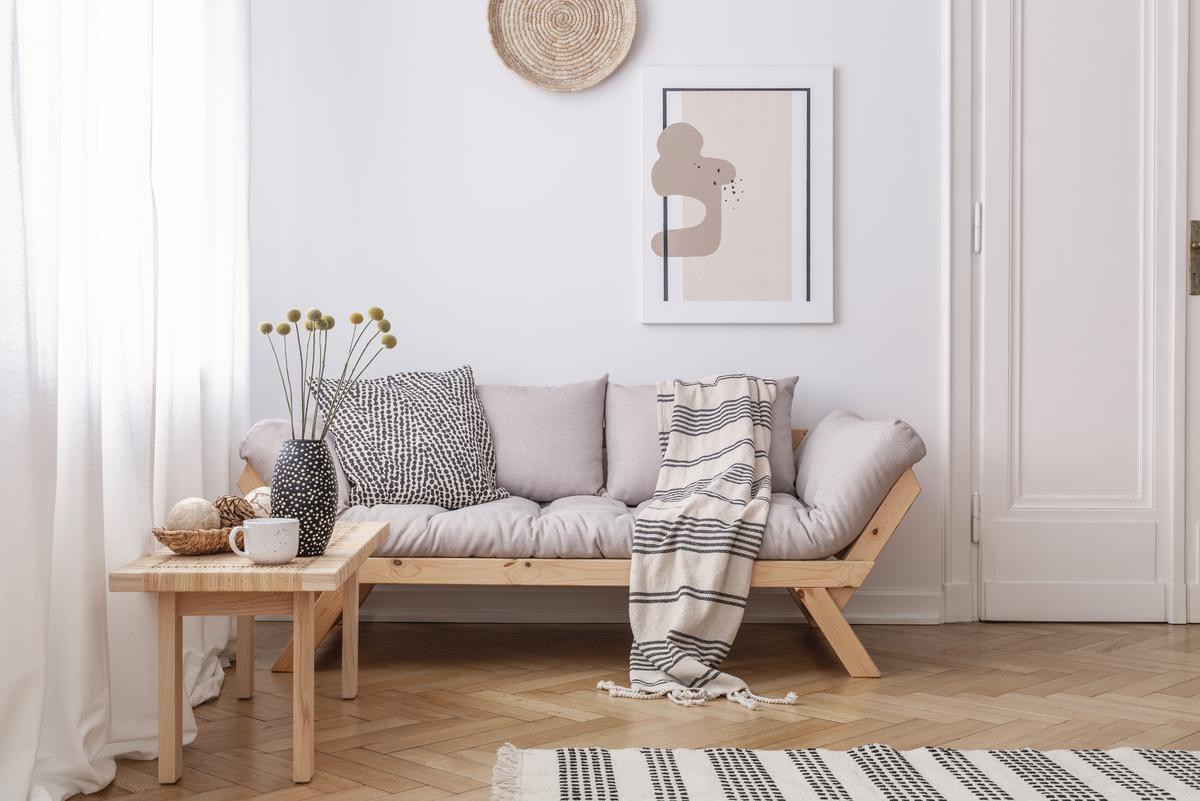
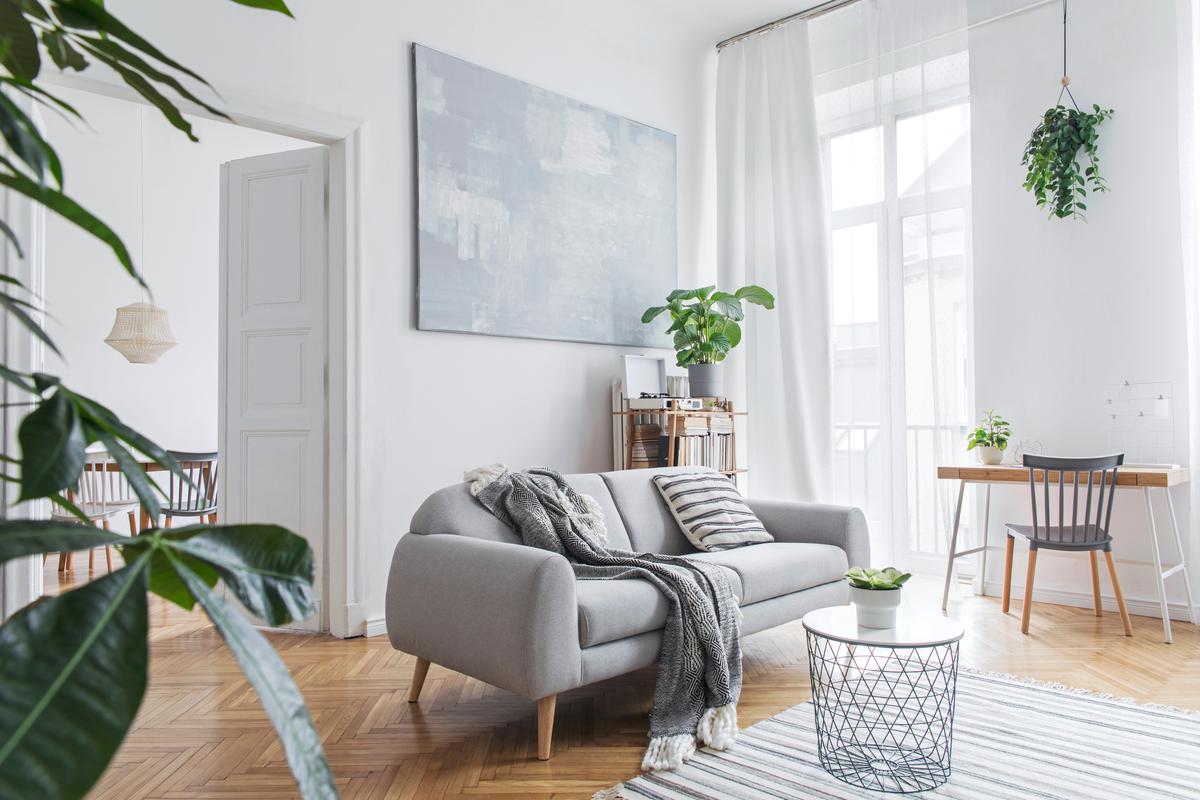
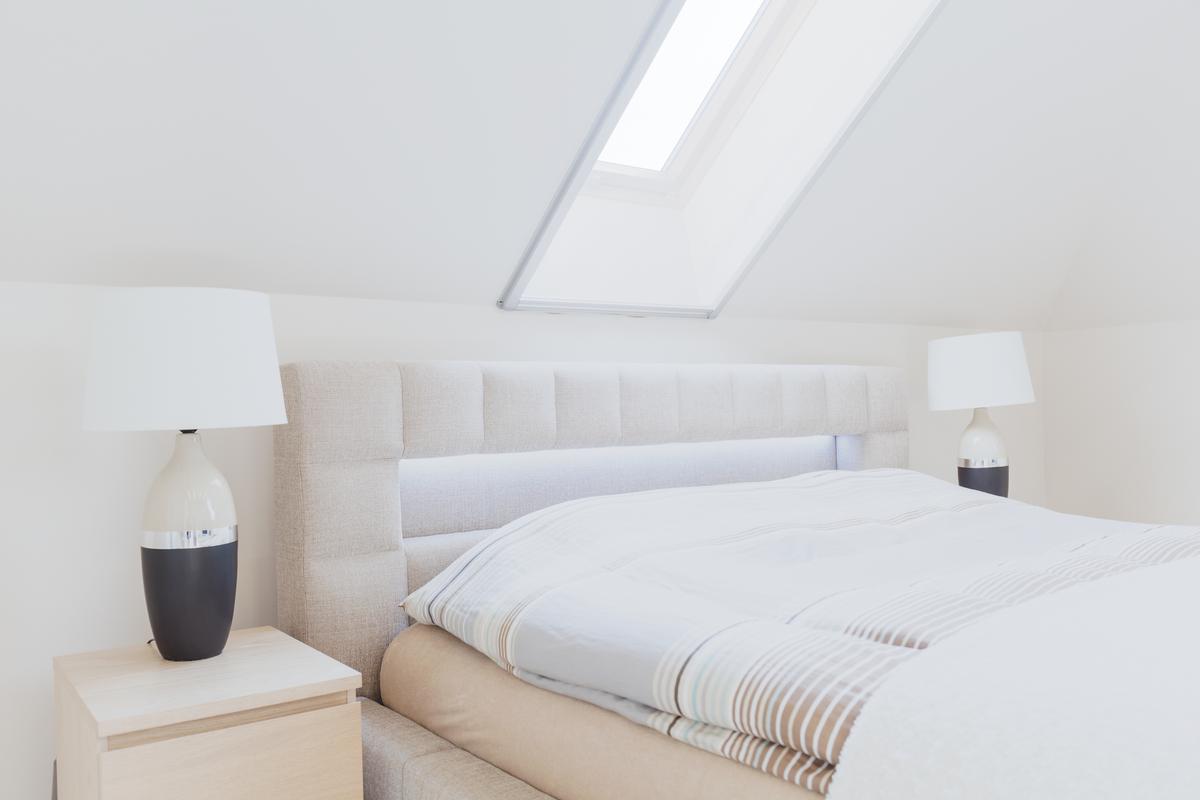
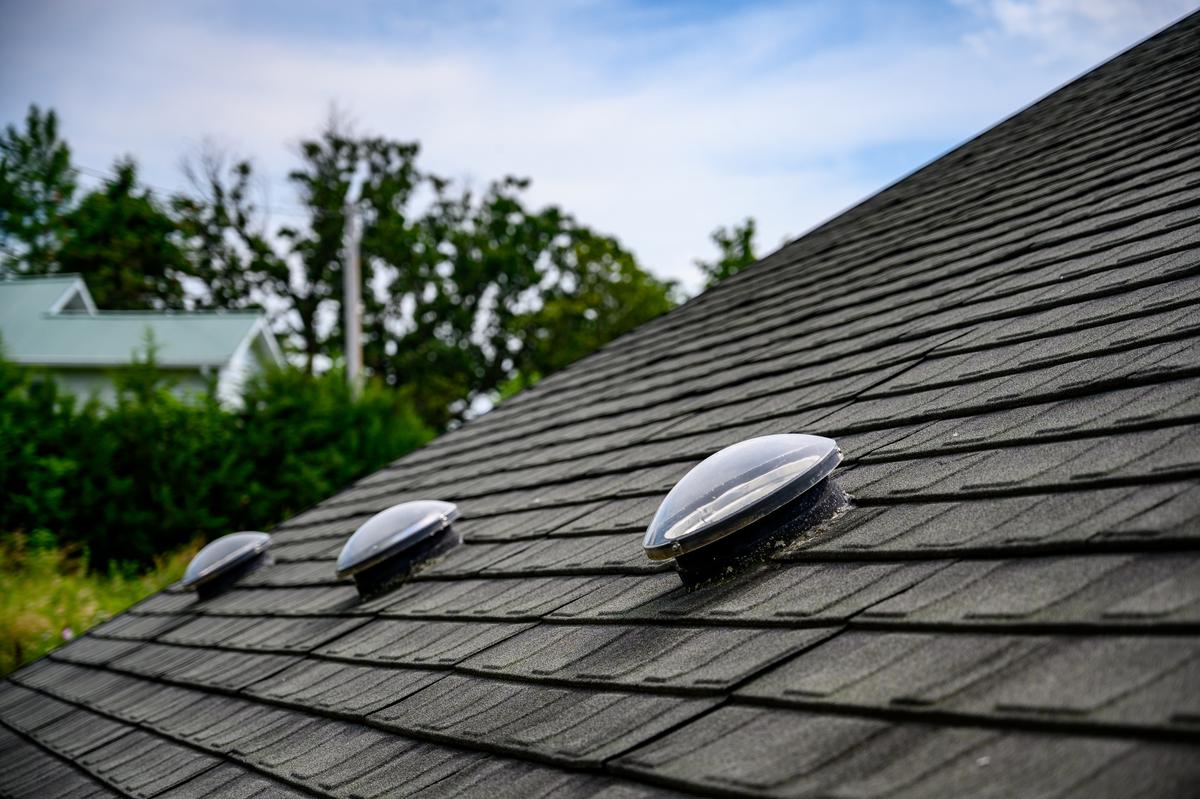
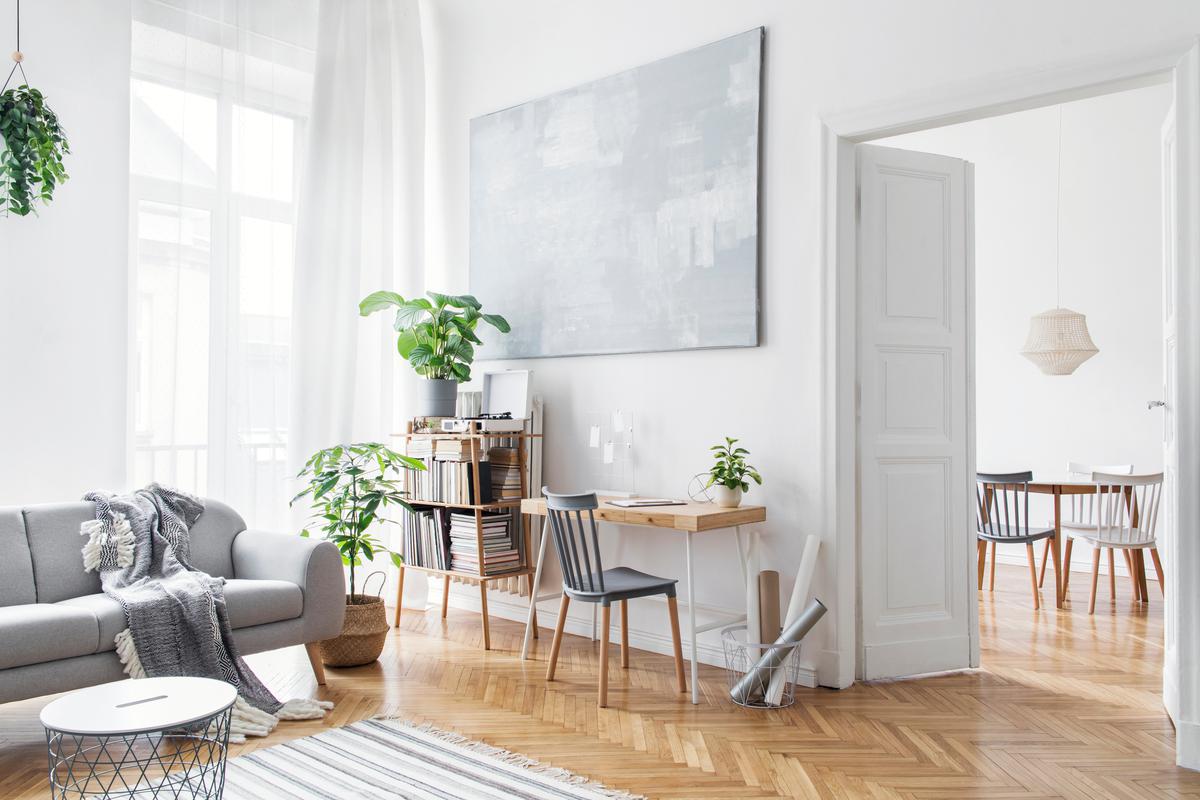
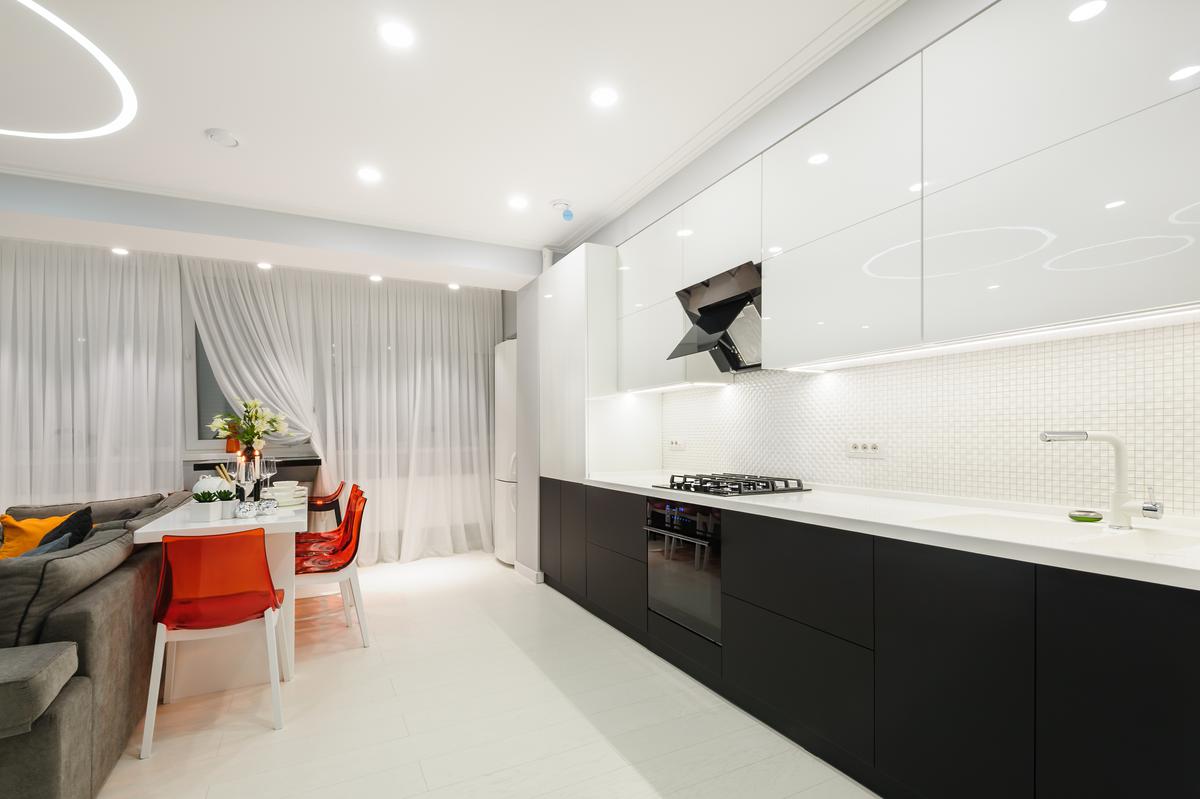
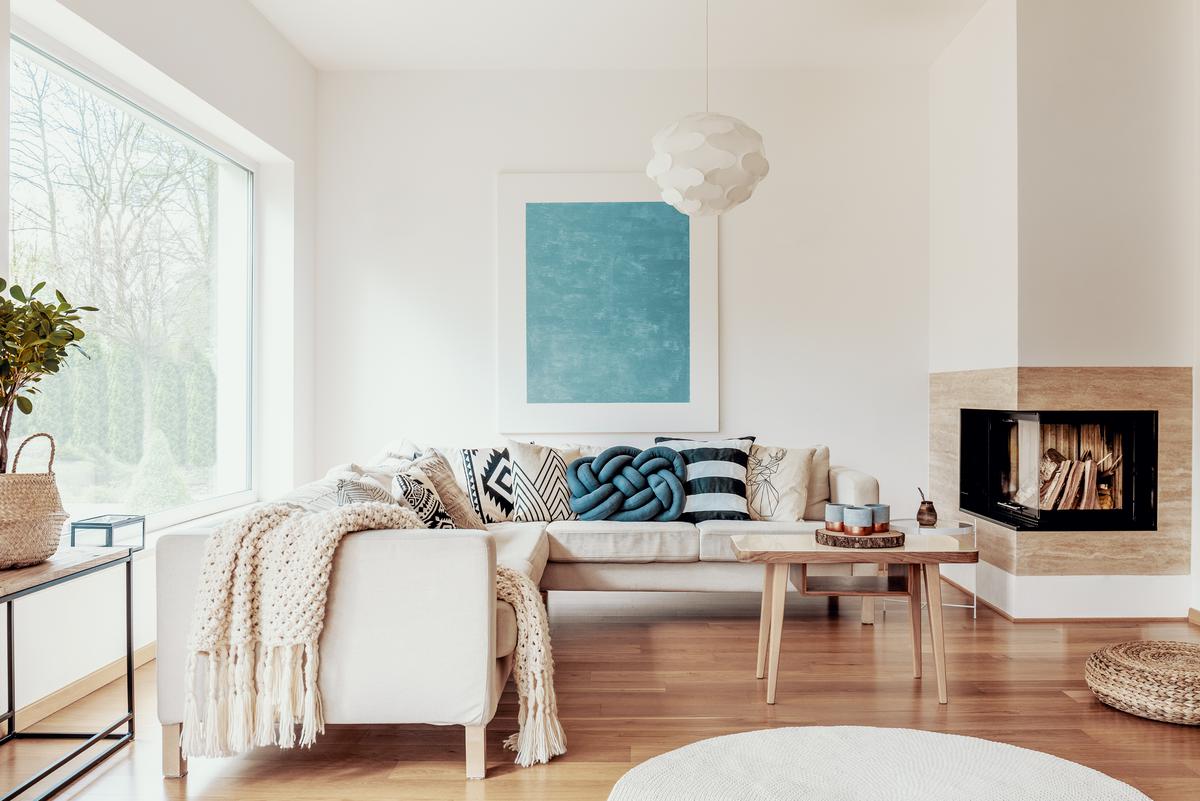
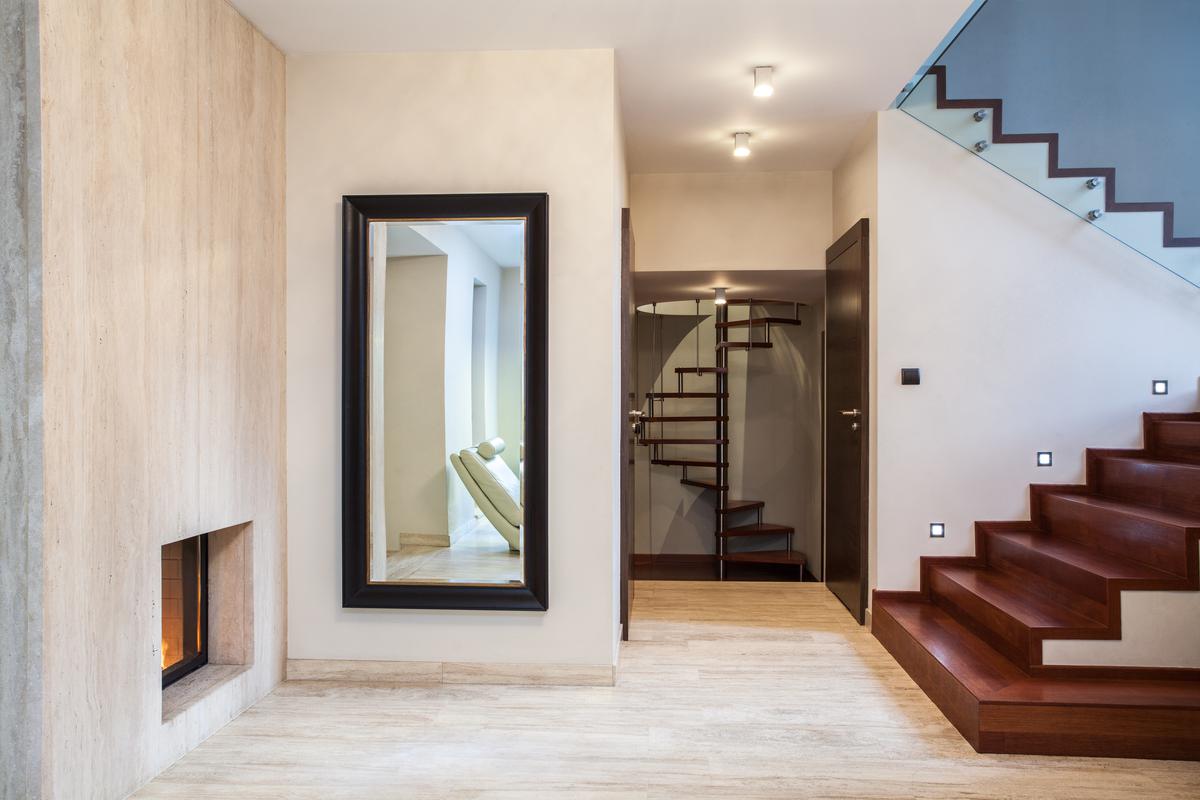
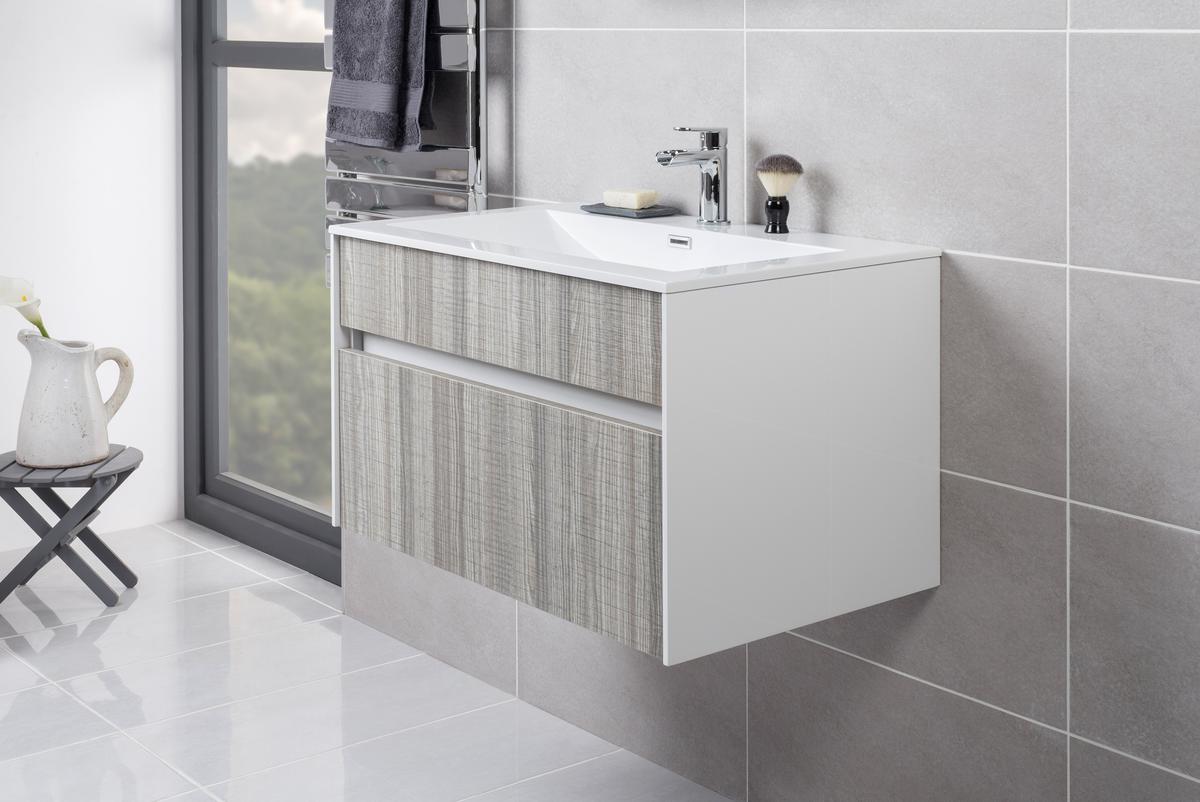
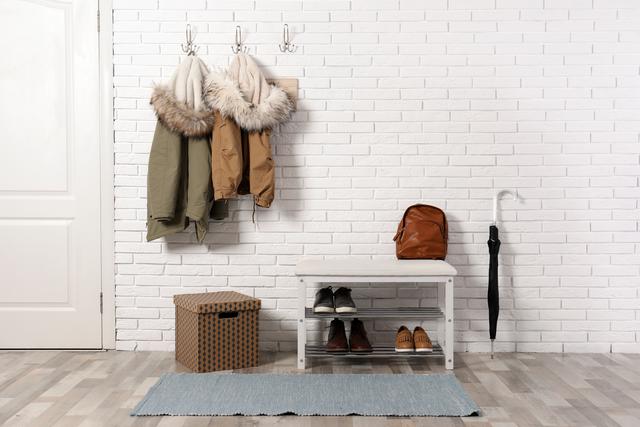
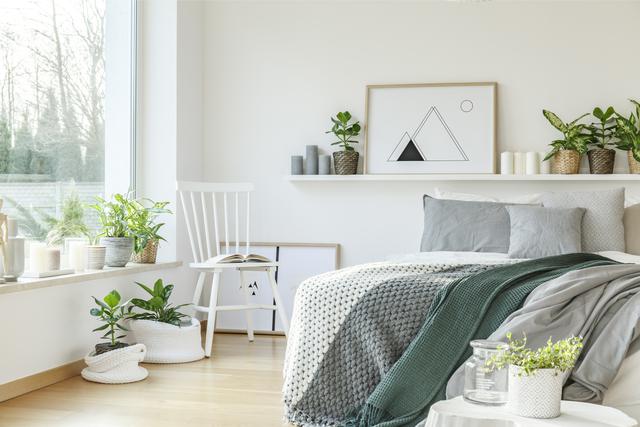
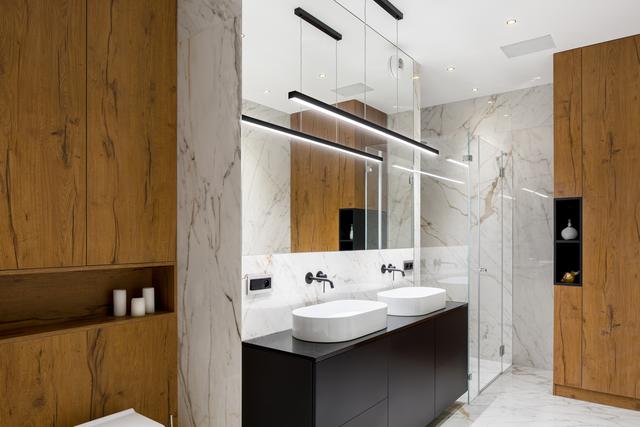

comments